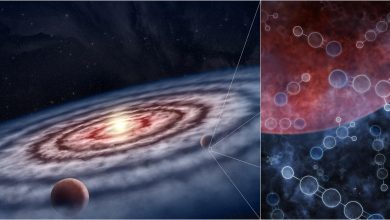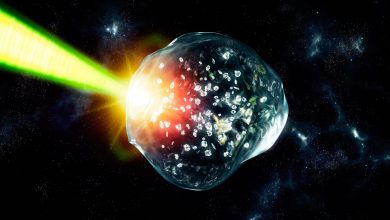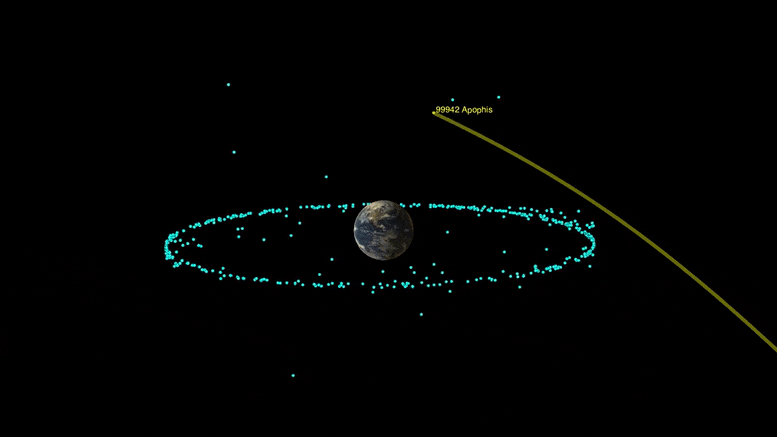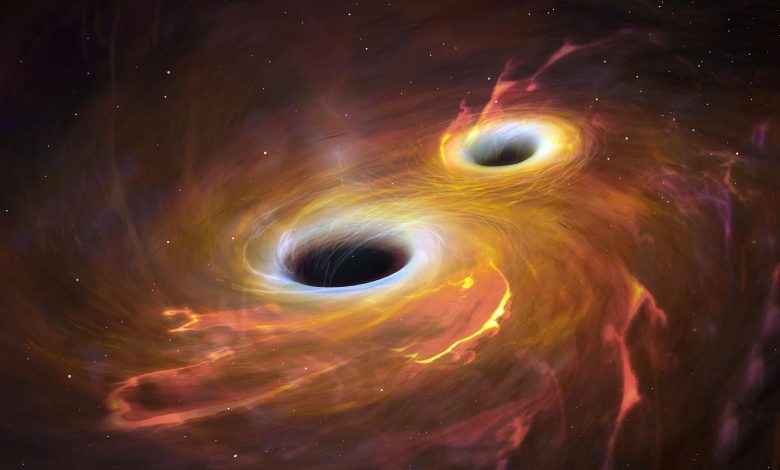
Lead Image: An artist’s impression of a close pair of black holes.
Using the European Southern Observatory’s Very Large Telescope (ESO’s VLT), astronomers have revealed the closest pair of supermassive black holes to Earth ever observed. The two objects also have a much smaller separation than any other previously spotted pair of supermassive black holes and will eventually merge into one giant black hole.
Located in the galaxy NGC 7727 in the constellation Aquarius, the supermassive black hole pair is about 89 million light-years away from Earth. Although this may seem distant, it beats the previous record of 470 million light-years by quite some margin, making the newfound supermassive black hole pair the closest to us yet.

Supermassive black holes lurk at the center of massive galaxies and when two such galaxies merge, the black holes end up on a collision course. The pair in NGC 7727 beat the record for the smallest separation between two supermassive black holes, as they are observed to be just 1600 light-years apart in the sky. “It is the first time we find two supermassive black holes that are this close to each other, less than half the separation of the previous record holder,” says Karina Voggel, an astronomer at the Strasbourg Observatory in France and lead author of the study published online today (November 30, 2021) in Astronomy & Astrophysics.
Using the ESO’s Very Large Telescope, astronomers have revealed the closest pair of supermassive black holes to Earth ever observed. This video summarizes the discovery.
“The small separation and velocity of the two black holes indicate that they will merge into one monster black hole, probably within the next 250 million years,” adds co-author Holger Baumgardt, a professor at the University of Queensland, Australia. The merging of black holes like these could explain how the most massive black holes in the Universe come to be.
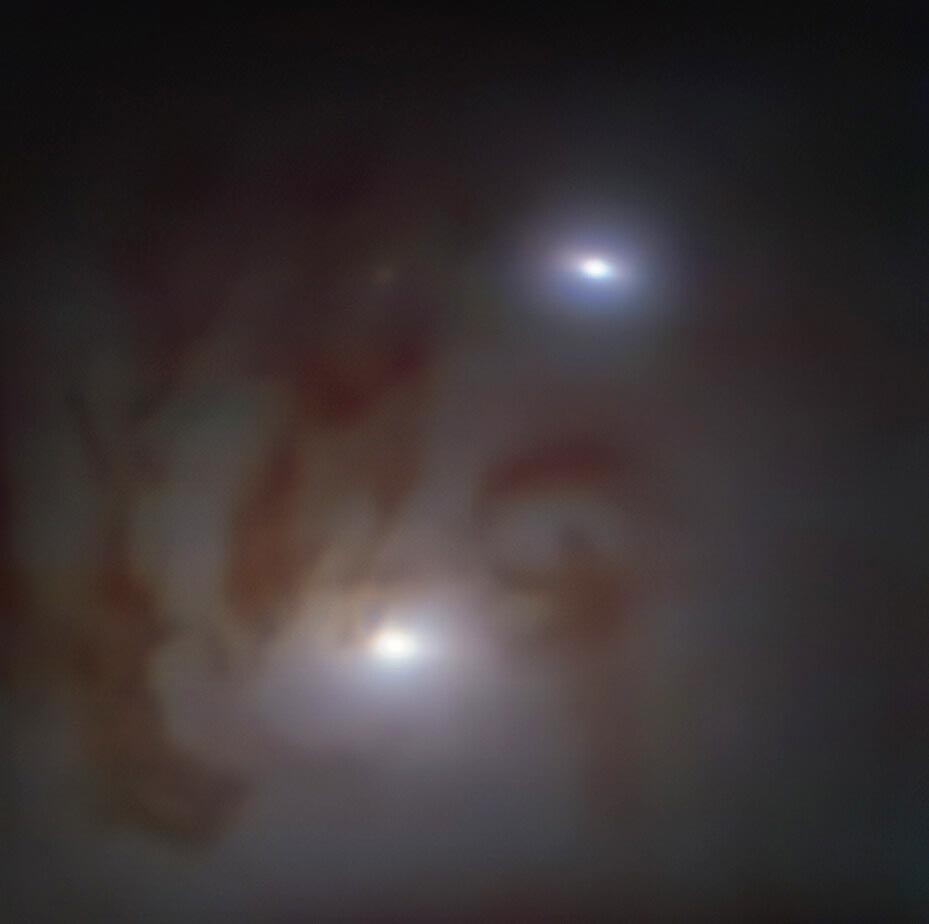
Voggel and her team were able to determine the masses of the two objects by looking at how the gravitational pull of the black holes influences the motion of the stars around them. The bigger black hole, located right at the core of NGC 7727, was found to have a mass almost 154 million times that of the Sun, while its companion is 6.3 million solar masses.
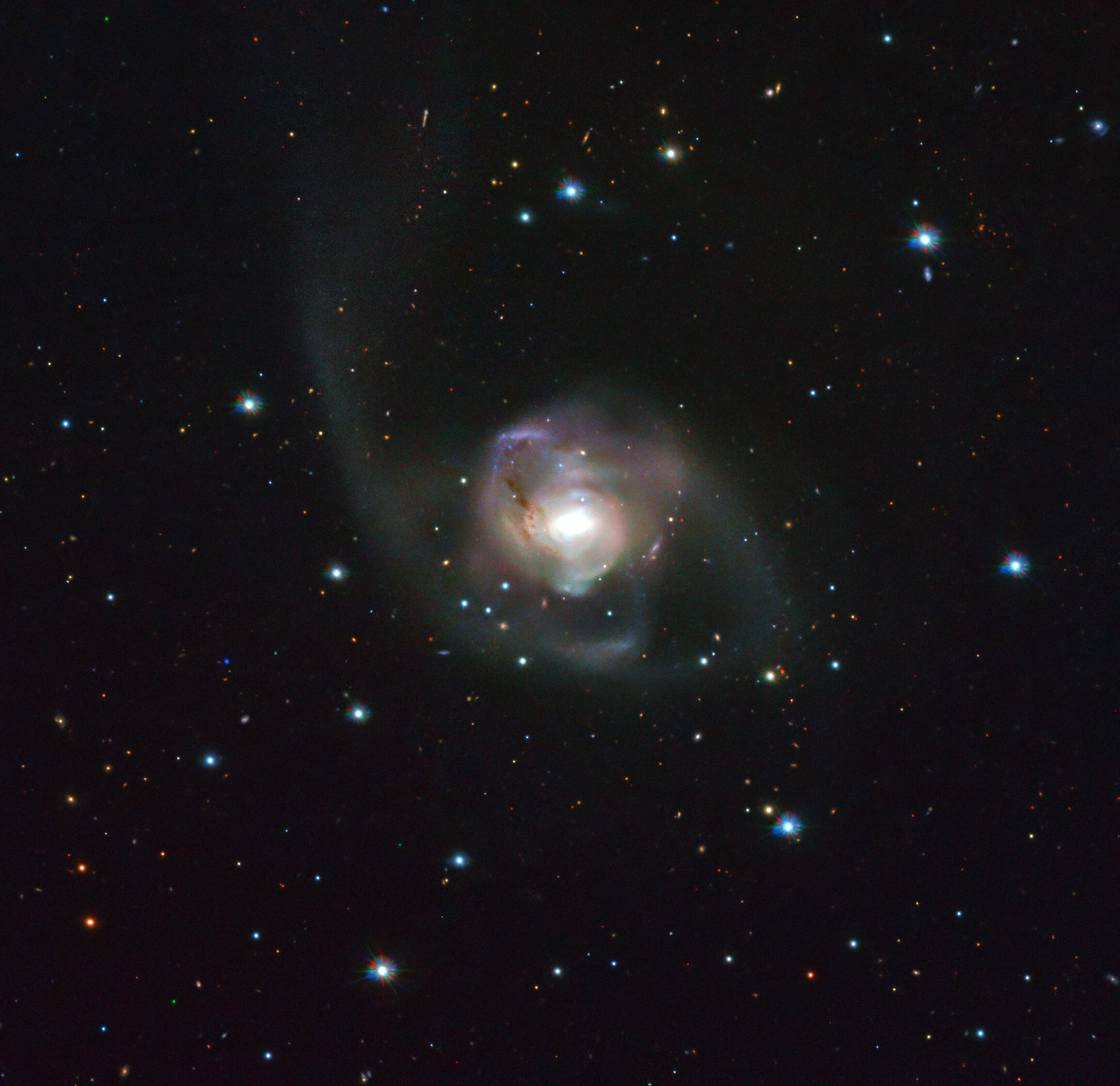
Located 89 million light-years away from Earth in the constellation Aquarius, NGC 7727 is believed to be the result of a clash between two galaxies that occurred about one billion years ago. The consequences of this tremendous cosmic bump are still evident in the peculiar, irregular shape of NGC 7727 and the streams of stars in its outer regions. The image was taken in visible light as part of the VST-ATLAS survey. The goal of the survey is to map a vast region of the Southern Sky — so large you could fit about 19,000 full moons in it! By studying the galaxies in this region, astronomers aim to shed new light on the nature of dark energy, the mysterious force permeating the Universe and causing its accelerating expansion. Credit: ESO/VST ATLAS team. Acknowledgment: Durham University/CASU/WFAU
It is the first time the masses have been measured in this way for a supermassive black hole pair. This feat was made possible thanks to the close proximity of the system to Earth and the detailed observations the team obtained at the Paranal Observatory in Chile using the Multi-Unit Spectroscopic Explorer (MUSE) on ESO’s VLT, an instrument Voggel learned to work with during her time as a student at ESO. Measuring the masses with MUSE, and using additional data from the NASA/ESA Hubble Space Telescope, allowed the team to confirm that the objects in NGC 7727 were indeed supermassive black holes.
This animation gives an insight into the method astronomers used to uncover a pair of supermassive black holes lurking 89 million light-years away from Earth in the NGC 7727 galaxy — and to measure their masses. The pair is the closest found to date, both with regards to the distance to Earth and the distance between the two supermassive black holes. Astronomers studied the spectra of the bright stars around each of the black holes using the MUSE instrument on ESO’s Very Large Telescope (VLT). More massive black holes have a stronger gravitational pull on the stars around them, causing them to move faster. This effect is reflected in the spectra of the stars, with the spectral lines being broader if the stars are moving faster. By measuring the width of the spectral lines for the groups of stars surrounding each black hole in the pair, astronomers calculated the masses to be about 154 million and 6.3 million times that of the Sun. Credit: ESO/L. Calçada; VST ATLAS team; Voggel et al.
Astronomers suspected that the galaxy hosted the two black holes, but they had not been able to confirm their presence until now since we do not see large amounts of high-energy radiation coming from their immediate surroundings, which would otherwise give them away. “Our finding implies that there might be many more of these relics of galaxy mergers out there and they may contain many hidden massive black holes that still wait to be found,” says Voggel. “It could increase the total number of supermassive black holes known in the local Universe by 30 percent.”
This video takes us to NGC 7727, a galaxy located 89 million light-years away from Earth in the constellation Aquarius and home to the closest pair of supermassive black holes found to date. The pair is also the one with the smallest separation between two supermassive black holes — observed to be just 1600 light-years apart in the sky. Each of the two black holes is located at the center of one of the two bright nuclei in NGC 7727 visible in the final part of the video. The two black holes are on a collision course, doomed to crash together and merge into one giant black hole probably within the next 250 million years. The close-up view of the central region of NGC 7727 and its two nuclei was taken with the MUSE instrument on ESO’s Very Large Telescope (VLT) at the Paranal Observatory in Chile. Credit: ESO/L. Calçada ; N. Risinger (skysurvey.org); Digitized Sky Survey 2; VST ATLAS team; Voggel et al. Music: Azul Cobalto
The search for similarly hidden supermassive black hole pairs is expected to make a great leap forward with ESO’s Extremely Large Telescope (ELT), set to start operating later this decade in Chile’s Atacama Desert. “This detection of a supermassive black hole pair is just the beginning,” says co-author Steffen Mieske, an astronomer at ESO in Chile and Head of ESO Paranal Science Operations. “With the HARMONI instrument on the ELT we will be able to make detections like this considerably further than currently possible. ESO’s ELT will be integral to understanding these objects.”
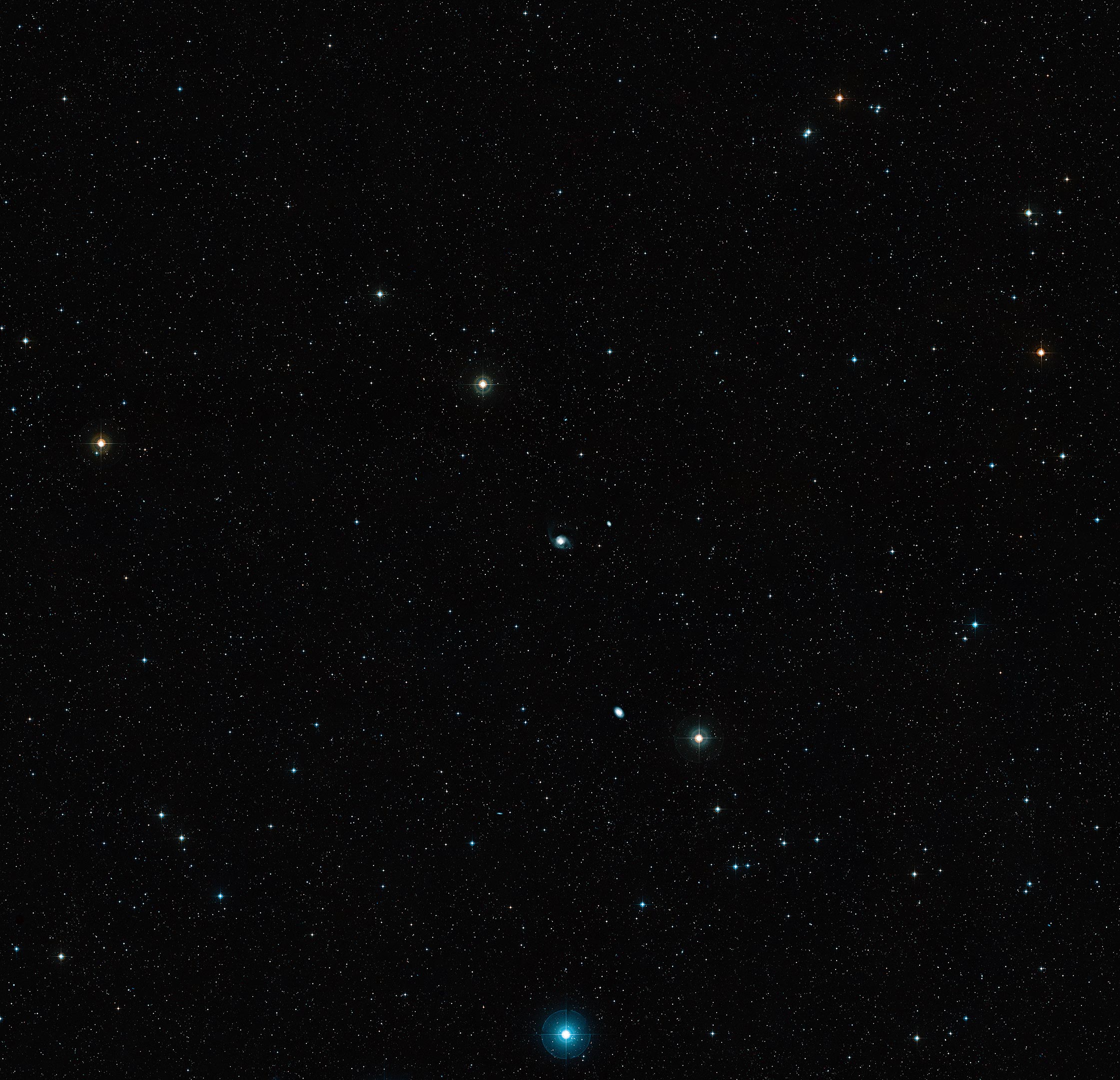
Reference: “First Direct Dynamical Detection of a Dual Super-Massive Black Hole System at sub-kpc Separation” 30 November 2021, Astronomy & Astrophysics.
DOI: 10.1051/0004-6361/202140827
The team is composed of Karina T. Voggel (Université de Strasbourg, CNRS, Observatoire astronomique de Strasbourg, France), Anil C. Seth (University of Utah, Salt Lake City, USA [UofU]), Holger Baumgardt (School of Mathematics and Physics, University of Queensland, St. Lucia, Australia), Bernd Husemann (Max-Planck-Institut fu¨r Astronomie, Heidelberg, Germany [MPIA]), Nadine Neumayer (MPIA), Michael Hilker (European Southern Observatory, Garching bei Mu¨nchen, Germany), Renuka Pechetti (Astrophysics Research Institute, Liverpool John Moores University, Liverpool, UK), Steffen Mieske (European Southern Observatory, Santiago de Chile, Chile), Antoine Dumont (UofU), and Iskren Georgiev (MPIA).

